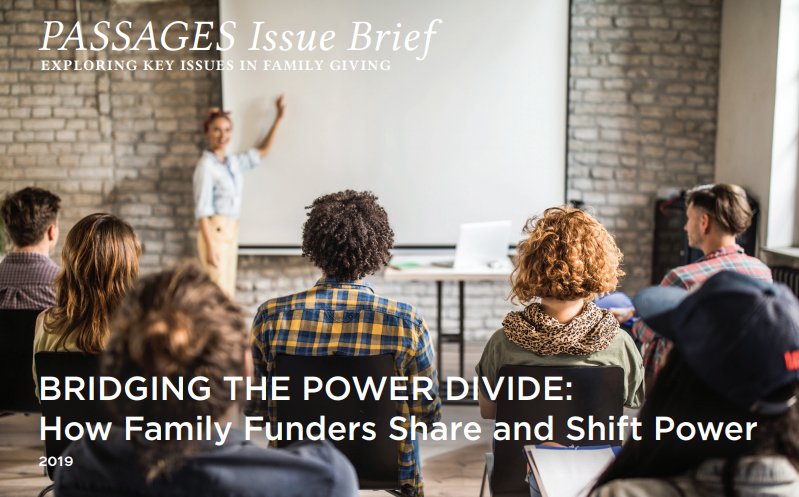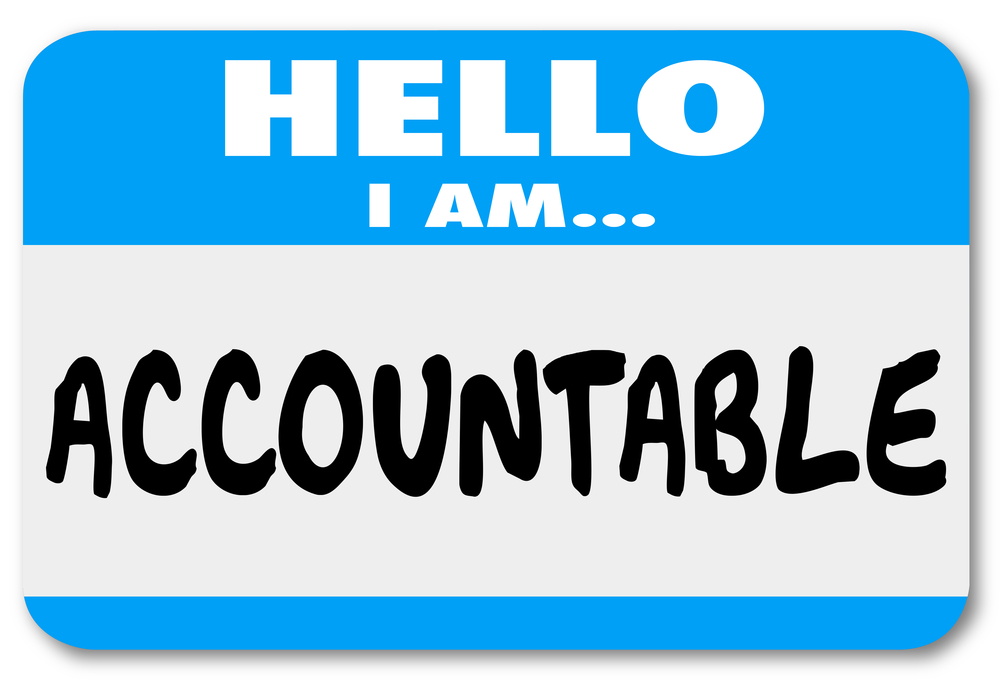Build Authentic Relationships: The Jay & Rose Phillips Family Foundation of Minnesota

As a family funder, how can you acknowledge and responsibly navigate the power of your position? How does the power and privilege you hold affect those you interact with and support? How can you use your power for good—to make lasting impact?
This Passages Issue Brief features stories, perspectives, and practical tips on power, and suggestions for how family funders can work toward bridging the power divide with grantee partners and the communities they care about. Enjoy this excerpt from Bridging the Power Divide: How Family Funders Share and Shift Power, featuring the The Jay & Rose Phillips Family Foundation of Minnesota.
The Jay & Rose Phillips Family Foundation of Minnesota realized that if it wanted to be accountable, it needed to be in real relationship with the community it serves.
“We are a place-based funder focused on North Minneapolis, which is in a lower income area with predominantly people of color,” says Joel Luedtke, program director. “We understood that, as a predominantly white staff and a board without roots in North Minneapolis, we needed to find ways to engage with community members.”
 First, foundation staff assessed themselves individually and as an organization using a fee-based tool called the Intercultural Development Inventory assessment. “We needed to understand how we show up in the community when it comes to race, diversity, and equity. We asked ourselves: what are the biases and lenses we bring, how much space do we take up based on our level of privilege, and how can we authentically work in people of color communities?” says Patrick Troska, executive director.
First, foundation staff assessed themselves individually and as an organization using a fee-based tool called the Intercultural Development Inventory assessment. “We needed to understand how we show up in the community when it comes to race, diversity, and equity. We asked ourselves: what are the biases and lenses we bring, how much space do we take up based on our level of privilege, and how can we authentically work in people of color communities?” says Patrick Troska, executive director.
Understanding this was an important first step. “It showed us who we are, what we need to do differently, and what types of behaviors we need to start to practice,” says Troska.
In 2016, over nine months, the foundation engaged with 125 community leaders in a series of carefully facilitated conversations, using a strategy called human-centered design. “We had conversations with anyone who would talk with us: community leaders, faith leaders, teachers, principals, students, business leaders, and more. We asked them: what are your hopes, your dreams for your community? What do you most want for this community?” says Troska.
This wasn’t always easy or comfortable. Troska remembers a moment at a community meeting when an angry leader shouted at foundation staff. “‛Who are you to be in our community?’ she said. We just had to sit there and listen. And we came back the next week, and the next week, and listened more. We could have gotten defensive or run away. But we stayed and practiced a set of skills and actions that helped us show up differently.”

Engaging a skilled facilitator made a big difference, says Luedtke. “Not only did the facilitator turn out to be a rich source of information, but the process introduced us to many community leaders that we didn’t know before: people who were not necessarily positionally known or powerful, but who were passionate and had energy and leadership at the ground level,” says Luedtke.
Once conversations were complete, the foundation applied these insights into a request for proposal process, reflecting what the community had said they wanted. Staff also formed community advisory teams, inviting community members they met through the design process to help review the proposals that came in. “Since 2016, we’ve continued to use community advisory processes to make our grants,” says Luedtke.
“We now have a strong set of allies—folks who want to back the work we’re doing. A new set of leaders emerged from those conversations we had early on. We’re now seen as a trusted partner in the community, and the end result is way better grantmaking,” says Troska.
Here’s what the foundation has learned works well when working to build authentic relationships.

Listen deeply.
It requires deep listening for this process to work, Luedtke says. “It’s tempting to hear things and then reinterpret them in ways that are convenient later on. We took time to really listen, and gave careful attention to what the community members were really saying. “It also takes work to build strong relationships between trustees, so when somebody is off pitch, somebody else is willing to have a conversation with them to try to get things back on track,” says Luedtke.
Bring the board along.
The board must be on board for this work. “It was important for us to bring the board along,” says Luedtke. “Staff really led this work or, let’s say, mediated this work between the community and the trustees, who are all family members. We learned how valuable it was for trustees and our community advisors to get together, and get to know and appreciate each other.”
Stay grounded in place.
“We spend time in the key place, with the communities we care about and are trying to learn from. Our staff, in particular, are on the ground,” says Luedtke. “We do site visits with our community advisors and bring our grantee partners into meetings to hear from them and their perspectives about the work.”
“We try to build our understanding, our knowledge, through on-the-ground conversations, by sharing materials, and holding educational calls with community advisors. The most important thing we do is get folks on the ground to learn from our local partners. Our community advisors are a key part of helping that happen.”
View and download the full Passages Issue Brief on NCFP’s website.
